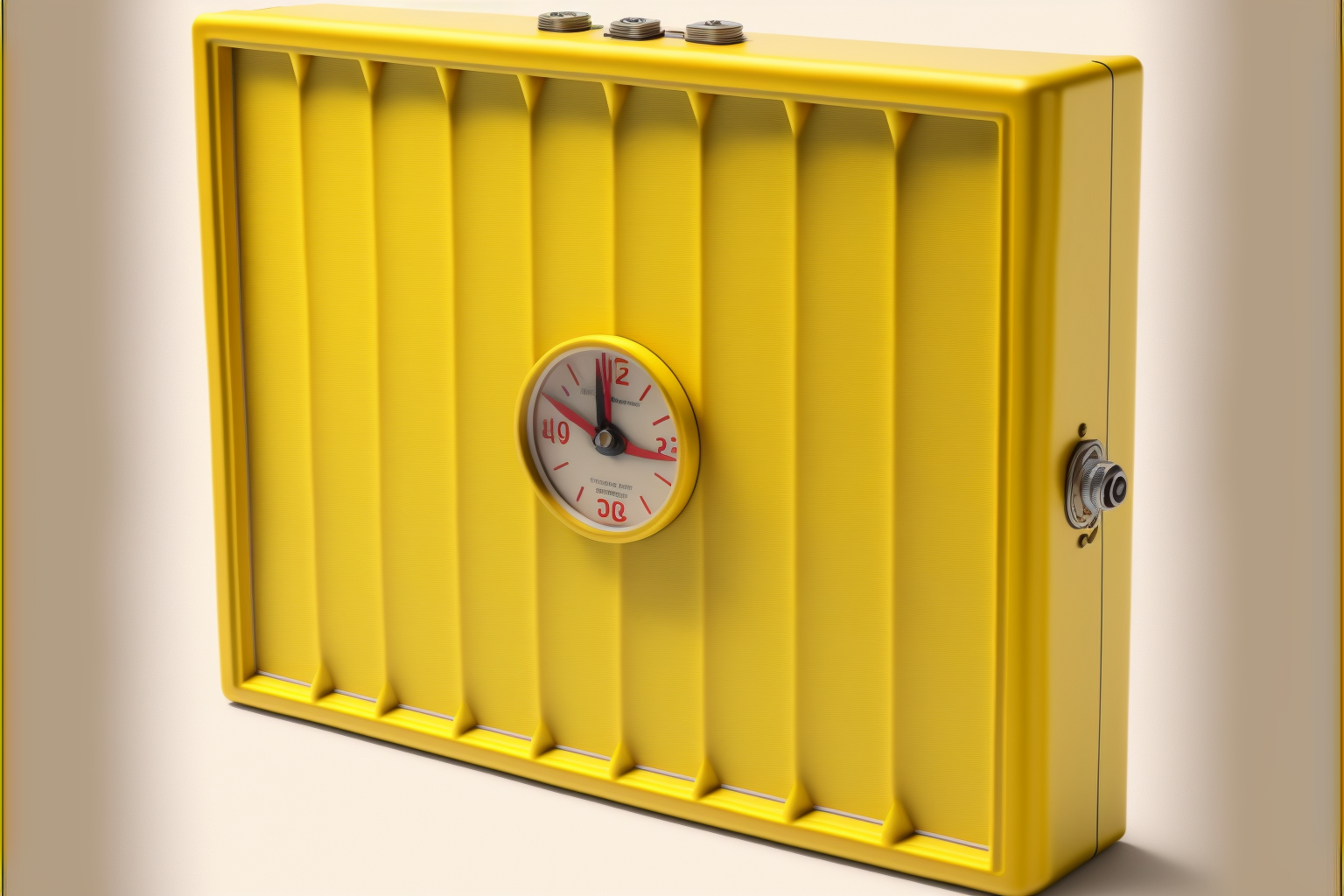Battery Lifespan
Longevity is a matter of the battery chemistry chosen, but also of the overall design.

PV modules have a proven shelf life of 25 years and more. When designing a private power plant, all components should be coordinated with each other. Batteries, whose service life is roughly equivalent to that of cell phone batteries, do not belong in such an overall picture.
SoC (State of Charge) means the charge level of the battery. SoC 100 means the battery is full, SoC 20 describes a charge level of 20%. The lifespan is often given in cycles, one cycle corresponds to one discharge and full charge again: SoC 100 -> SoC ~0 -> SoC 100
Lead batteries in a cars have a lifetime of about 200 to 500 cycles. However, since they are usually not deep discharged (for one start the battery loses no more than 5%), they also manage up to 2000 of such mini-discharge cycles. Otherwise you would have to change a car battery every year.
Lithium iron phosphate batteries are one of the longest lasting and safest battery chemistries we know. In terms of maximum lifetime, there are currently only 3 battery chemistries:
- Nickel-iron accumulators (up to 50 years)
- Lithium iron phosphate (about 20-25 years)
- Lithium titanate (unknown because it is a new technology, but estimated 50 years)
The shelf life projected by us for a private power plant is 25 years. It would not make sense to use components that are significantly below or above this expectancy.
We have considered nickel-iron (NiFe) accumulators because of their longer lifetime, but rejected them as a solution because of other parameters. NiFe accumulators are a very old and proven technology, but they require quite a bit of maintenance and release gas when overcharged (danger of oxyhydrogen). This property may eventually find use in large storage systems of utilities (keyword Battolyser - a hermaphrodite between battery and electrolyser), but as solar storage for domestic use this is not suitable.
Lithium titanate is a very exciting and promising technology, which we are watching very closely. Unfortunately, the prices are currently about twice as high as for lithium iron phosphate and there is still a lack of long-term experience with this battery chemistry (and manufacturers). Last but not least, the available cells (round cells, prismatic cells of low capacity only) are not very practical.
In the end, in our opinion, LiFePO currently represents the optimal battery chemistry in terms of life expectancy. But that's just where things begin.
After all, the right battery chemistry is only the foundation. You can handle a battery either "badly" or "well" and thus further influence its life expectancy. This is exactly what we at PetaJoule have set out to do. Take good ingredients:
- good battery chemistry
- very good charge management
- well thought-out battery monitoring
- best possible balancing (active, DC/DC) of the individual cells
- sensible dimensioning
and make it one of the best battery systems on the market.

